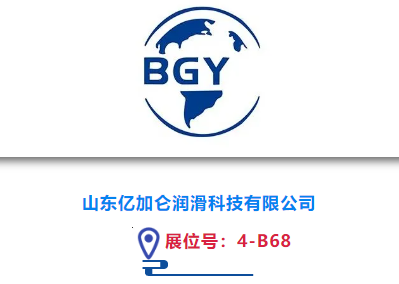
The cold sector has a great impact on numerous productive sectors that need refrigeration to function and that account for approximately 40% of the total GDP of the Spanish economy, such as tourism, the hotel industry and the food industry. Therefore, the environmental commitment of this industry is reflected in the considerable savings that they can pass on to the user sectors to help them, in turn, to meet their energy objectives. The importance of acting on refrigeration systems lies in the fact that it is estimated that approximately 2% of CO2 emissions in the world come from air conditioning and refrigeration systems, while new refrigeration systems with a high technological component achieve energy savings of up to 30%.
On World Environment Day, which is celebrated on June 5, AEFYT, the Association of Cold Companies and their Technologies, has selected 3 major developments that contribute to sustainable refrigeration.
Refrigerant gases:
The replacement of fluorinated gases with a high global warming potential has been developed at a good pace, in compliance with Regulation 517/2014, of the European Parliament and of the Council on fluorinated greenhouse gases, known as the F-Gas regulation. At present, the alternatives of HFO, A2L (slightly flammable gases) and natural refrigerants such as CO2, NH3 (ammonia), air and water are already common in the market and have a high cooling potential.The negative aspect at this point is the black market for high GWP refrigerant gases, for which the sector does not cease to demand solutions at the national and community level. The problem is so serious that, according to the European Fluorocarbons Technical Committee (EFCTC) in 2018, up to 34 million tons of CO2 equivalent were contributed to the atmosphere from illegal refrigerants. In other words, in addition to the damage to the legal industry, the damage to the environment is enormous.
Advanced refrigeration systems:
The refrigeration facilities have undergone a major transformation aimed at providing maximum cooling capacity with minimal energy performance. Increasing the use of clean energy will be another step forward in the goal of energy efficiency.This, together with the investment of cold companies in continuous training of their workers in new technologies, as well as the assumption of technological skills by human capital, is increasing knowledge towards the active search for the efficiency and effectiveness of a refrigeration installation. from all its points of view.
Disruptive technologies:
The data control and the remote control of the facilities is making it possible to overcome problems such as refrigerant gas leaks or mismatches in the temperatures required by the facility. These are problems with a high energy cost that the introduction of technology is allowing to control and minimize with the aim of reaching a threshold of "zero losses".In this sense, the Refrigenia 4.0 project, the Expression of Interest for the Next Generation economic recovery funds that AEFYT has led, is directed towards digitization and energy efficiency in refrigeration facilities in the Spanish food and beverage industry with the aim of achieving an emission reduction of about 2 million tons of CO2 per year.
“The cold value chain's commitment to environmental sustainability is firm because we are aware of the high impact that our industry has on very important sectors of the production system, as well as on the daily lives of citizens. Our companies have made a great effort in R + D + i to minimize emissions and reach the highest levels of energy efficiency and I am sure that in the coming years we will continue to see an astonishing evolution in this regard ", said Susana Rodríguez, president of AEFYT .






















